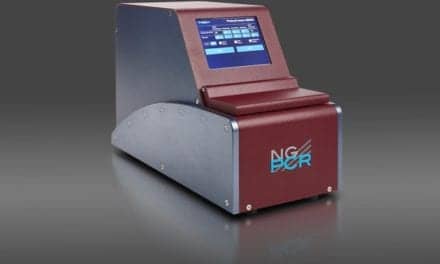The CytoSure Constitutional v3 array from Oxford Gene Technology (OGT), Oxford, UK, has been shown to significantly improve reporting rate and been proven as a powerful tool for detection of small pathogenic intragenic deletions and duplications in developmental disorder research, according to a recent study led by a consortium of genomic medicine centres in the United Kingdom. The study compared the enhanced exon-level gene coverage of the v3 array to a conventional array design. The study consisted of a large cohort of 27,756 patient samples. These were investigated with either OGT’s exon targeted CytoSure Constitutional v3 array, based on up-to-date content from the deciphering developmental disorders (DDD) study and Clinical Genome Resource, or a conventional array design based on content from the International Standards for Cytogenomic Arrays consortium with a large number of backbone probes and gene coverage based on an earlier version DD/ID databases. The results demonstrated that the v3 array had a significant increase in reporting rate of 4.49%, confirming that the enhanced, targeted exon-level coverage design enables more reportable copy number variations (CNVs) to be identified than with traditional arrays. The authors of the paper believe the findings of the research will help to enable clinical researchers to assess optimal testing pathways when integrating genomics into labs. They also note that targeted arrays offer robust CNV detection and provide a stable, proven platform with both simple data analysis and minimal demands on bioinformatics. OGT’s CytoSure Constitutional v3 arrays feature up-to-date and relevant ID/DD content with probes for up to 502 highly targeted genes identified by ClinGen and the DDD project—enabling detection of single exon aberrations. OGT’s array design delivers high probe density across the exons and introns of important genes that enables improved detection of small (Oxford Gene Technology. Reference 1. Jezkova J, Heath J, Williams A, et al. Exon-focused targeted oligonucleotide microarray design increases detection of clinically relevant variants across multiple NHS genomic centres. NPJ Genom Med. 2020 Jul 21;5:28. doi: 10.1038/s41525-020-0136-1.
OGT’s v3 Array Improves Reporting Rate for Intragenic Deletions





